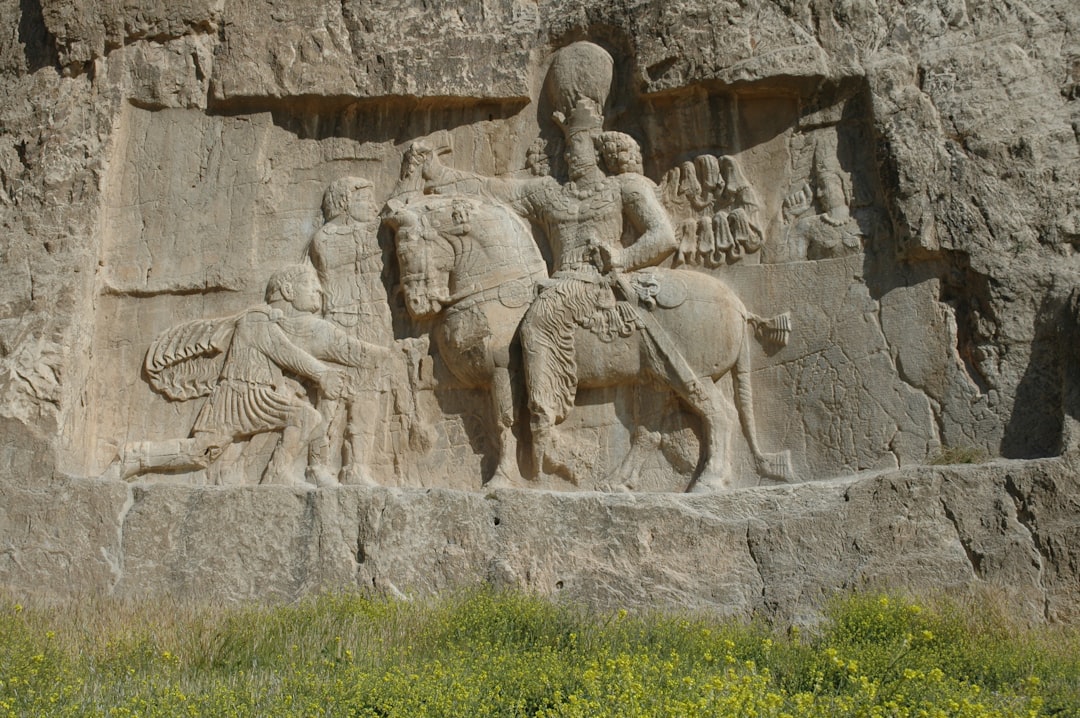Understanding the Persian Calendars: Jalali and Khorshidi
The Persian calendar system has a rich history, with various forms evolving over time. Two notable calendars are the Jalali calendar and the Solar Hijri calendar, often referred to as the Khorshidi calendar in informal contexts. While the term "Lunar Persian Calendar" might be misleading, as the primary Persian calendars are solar, we'll explore the Jalali calendar and clarify the distinction between solar and lunar systems.
Jalali Calendar
The Jalali calendar, named after Sultan Jalaluddin Malik-Shah I, was introduced on March 15, 1079. It was developed by a team of astronomers led by Omar Khayyam during the Seljuk Empire. This solar calendar was designed to align with the solar year, ensuring that the new year, Nowruz, coincided with the vernal equinox. The Jalali calendar was based on precise solar transits through the zodiac, making it highly accurate but complex to compute.
Key Features of the Jalali Calendar:
-
Solar Basis: Unlike the Islamic calendar, which is lunar, the Jalali calendar is solar, ensuring it stays aligned with the seasons.
-
Zodiac Alignment: Months begin when the sun enters a new zodiac sign.
-
No Leap Years: Originally, the calendar did not require leap years due to its precise astronomical calculations.
-
Complexity: The need for continuous astronomical observations made it challenging to maintain over time.
Evolution to the Solar Hijri Calendar
In 1925, the Jalali calendar was simplified and modified to create the Solar Hijri calendar, which is currently used in Iran and Afghanistan. This modern calendar retains the solar basis but simplifies the month lengths and leap year rules.
Khorshidi Calendar
The term "Khorshidi" is not a formal name for a specific calendar but can informally refer to the Solar Hijri calendar, which is the current official calendar in Iran and Afghanistan. The Solar Hijri calendar is based on the Jalali calendar but with standardized month lengths and a leap year system.
Key Features of the Solar Hijri (Khorshidi) Calendar:
-
Standardized Months: Each month has a fixed number of days (29, 30, or 31).
-
Leap Year System: A leap year occurs every four years, similar to the Gregorian calendar.
-
Zoroastrian Names: Months are named after Zoroastrian archangels or spiritual concepts in Iran, while Afghanistan uses Arabic zodiac names.
Conclusion
The Jalali calendar was a pioneering solar calendar in the Persian region, developed to address the limitations of lunar calendars for agricultural purposes. Its complexity led to the creation of the simpler Solar Hijri calendar, which is now widely used. While there is no "Lunar Persian Calendar" in common use, understanding the evolution from the Jalali to the Solar Hijri calendar provides insight into the rich history and practical needs of calendar systems in the region.
Citations:
- https://en.wikipedia.org/wiki/Jalali_calendar
- https://arshtad.wordpress.com/english/notes-4/the-precise-iranian-calendar/
- https://en.wikipedia.org/wiki/Iranian_calendars
- https://www.huffpost.com/entry/islamic-solar-calendar-ec_b_6913868
- https://khayyam.dobisel.com/persiancalendar.html
- https://community.dhis2.org/t/persian-calendar/35326
- https://persianlanguageonline.com/complicated-calendar-conversions/
- https://www.oeaw.ac.at/en/ifi/blog/detail/reckoning-by-the-sun-and-moon
- https://welcometoiran.com/persian-calendar-solar-hijri/





